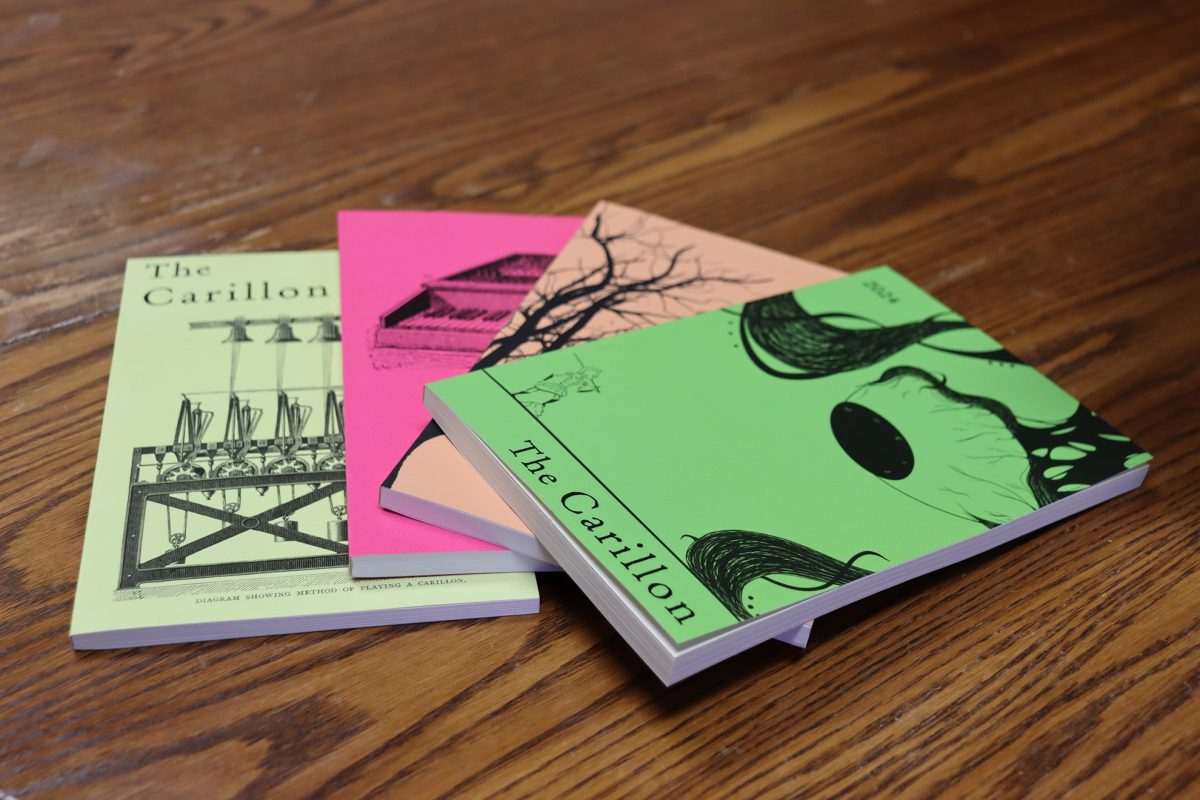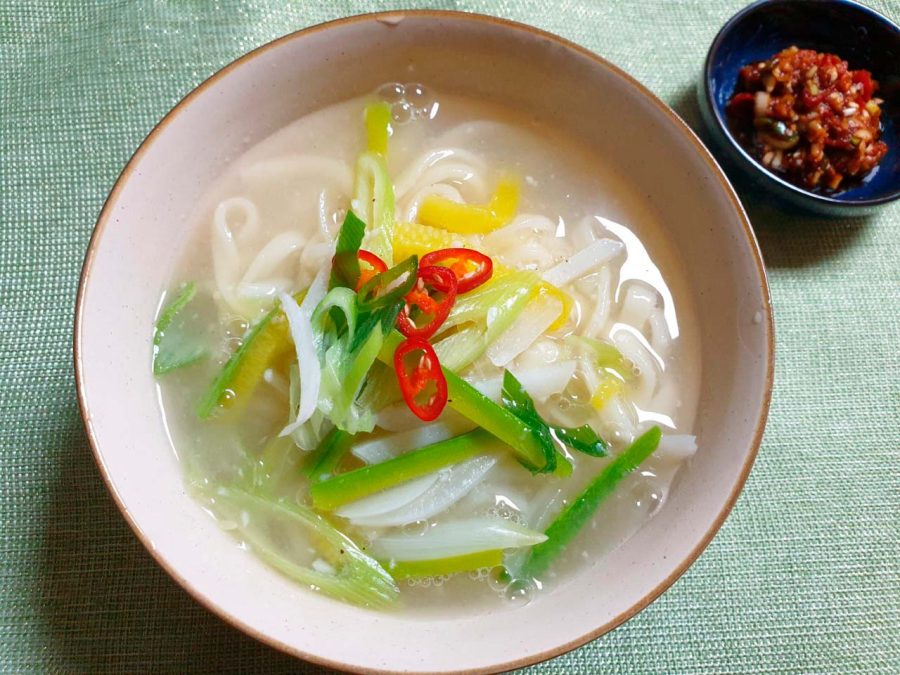kimj28@lopers.unk.edu
Now the sweltering summer has passed. Autumn – a season of high sky and plump horses – has arrived. Among the seasons, I like spring and autumn the most. In both seasons, the weather is neither too hot nor too cold. It is perfect weather for cooking.
When it comes to this time of year, the seasonal ingredients of autumn come to mind. If we use the seasonal ingredients that are appropriate for this season, it brings out more nutrients and delicious taste.
It is no exaggeration to say that it is a festival of hardy plants, and autumn potatoes boast a sweet taste. Almost every rural drama set in autumn has scenes of dialogue while looking at the moon and stars from the pavilion and eating boiled sweet potatoes, potatoes and corn in a basket.
Kalguksu is a food Koreans have eaten for a long time. After the autumn harvest, barley or wheat was planted.
The wheat harvested in June and July was a redemption crop that was eaten during the time when there wasn’t any more rice. It is made by grinding the wheat and kneading it thoroughly. Cut it with a knife, and put it in the soup to complete a bowl of kalguksu.
When the autumn rain is scattered and the mind is bleak, a bowl of simple hot kalguksu is like a potion that warms your mind and body. Kalguksu is originally better known as a midsummer seasonal food, but it clearly brings its true value during the change of seasons like these days.
The taste and formality of kalguksu vary greatly depending on the skill and sincerity of making it instead of the simple recipe. Depending on the ingredients, it has a variety of flavors, so it is fun to choose and eat according to its characteristics.
Potato kalguksu has very simple ingredients. Potatoes, pumpkins, green onions and seaweed are all in the anchovy broth. These simple ingredients are also like fallen leaves with autumn colors.
To make potato kalguksu, knead the flour by hand and roll it thinly like a sheet of paper. Fold it into three or four layers, cut it and boil it.
The broth is made by boiling anchovies and kelp. When the broth is properly boiled, remove the anchovies and kelp.
Next, boil the noodles separately from the broth, and then put them in a bowl. Pour boiling broth over them, then top with seasonings.
It takes one more step, but the soup will be clear with no thick or cloudy feeling at all so the taste of the noodles and broth is properly preserved.
The texture of the noodles is just right, without being overly chewy or too soft, without stickiness. As a side dish, it is good to serve cabbage kimchi as a basic.
There is romance in warm kalguksu, eaten while blowing steam when the body is chilly, like these days. The warm soup and soft noodles will make the approaching winter cozy.
































